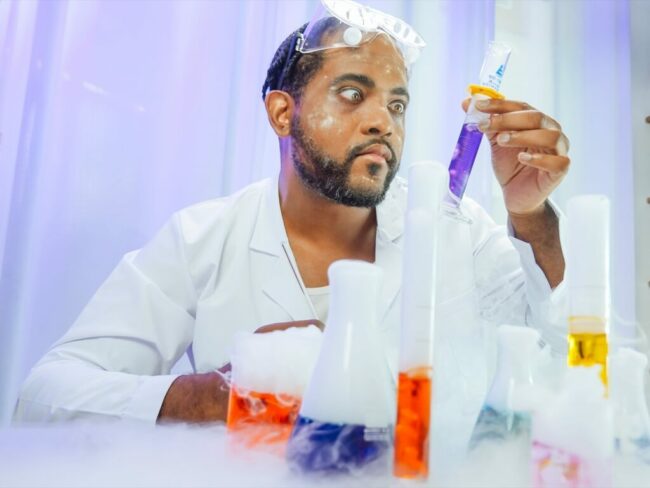The question of whether vaccines cause autism has been a topic of intense debate and concern for many parents and healthcare professionals. Despite numerous studies and extensive research, the belief that vaccines might lead to autism persists in some circles. This article aims to shed light on the current scientific […]
Continue readingA Biological Perspective on Male Lactation
The human body, irrespective of gender, possesses the anatomical structures necessary for lactation. While it’s relatively uncommon for males to lactate, certain species, like the Dayak fruit bat, exhibit this behavior. Among men, lactation is hindered primarily due to lower levels of a particular hormone, despite having the essential physical […]
Continue readingUnderstanding Silent Seizures
Absence seizures, often known as “petit mal” seizures, are a form of epilepsy primarily seen in children, though they can persist into adulthood. These seizures are characterized by brief, sudden lapses in attention, where the individual appears to be staring off into space. Unlike more dramatic forms of seizures, absence […]
Continue readingMountain Dew & Male Fertility
The urban legend that drinking Mountain Dew could affect male fertility, particularly sperm count, has been around for quite some time. This myth primarily revolves around two key ingredients found in Mountain Dew: caffeine and Yellow dye #5, also known as Tartrazine. However, a closer examination of these components and […]
Continue readingSymptoms, Treatment & Care In Our Tourette’s 101
Tourette Syndrome (TS) is a neurological disorder characterized by repetitive, involuntary movements and vocalizations known as tics. TS typically occurs in childhood, with the average onset between ages 5 and 7. The condition is named after Dr. Georges Gilles de la Tourette, a French neurologist who first described the syndrome […]
Continue readingTestosterone’s Role in Hair Growth
Testosterone, a key androgen or male sex hormone, significantly impacts numerous bodily functions, including the growth of body hair. Although it’s widely associated with male characteristics like a deep voice and muscle strength, testosterone’s influence extends to both genders. Its balance is crucial for overall health, with imbalances leading to […]
Continue readingHandling of Amputated Limbs in Hospitals
Typically, hospitals incinerate limbs, organs, or tissues removed from non-organ donor patients. This practice is in place to ensure safe and hygienic disposal of biological materials. There is no federal law preventing patients from reclaiming their amputated limbs. Generally, patients have the right to request their removed body parts, and […]
Continue readingThe Dark History of Psychosurgery
In November 1941, Rosemary Kennedy, the elder sister of future American president John F. Kennedy, underwent a radical surgery at the George Washington University School of Medicine. Frustrated by Rosemary’s unpredictable behavior and learning difficulties, her father, Joseph P. Kennedy Sr., sought a solution. However, the aftermath of the lobotomy […]
Continue readingThe Critical Role of Pap Tests in Women’s Health
A Pap smear, a procedure often dreaded by many women, is an essential tool in the early detection of cervical cancer. Named after Dr. George N. Papanicolaou, who discovered in 1928 that cancer cells in vaginal smears could indicate early stages of cervical cancer, this test has significantly contributed to […]
Continue reading








